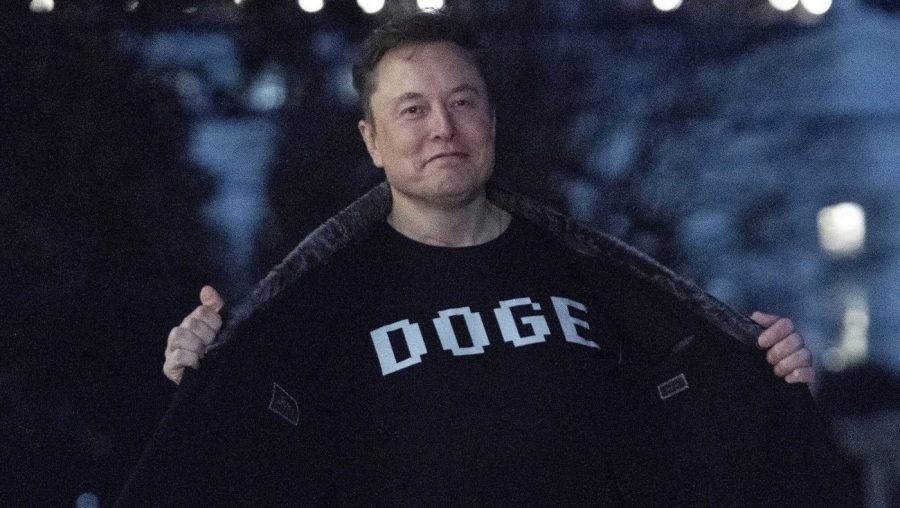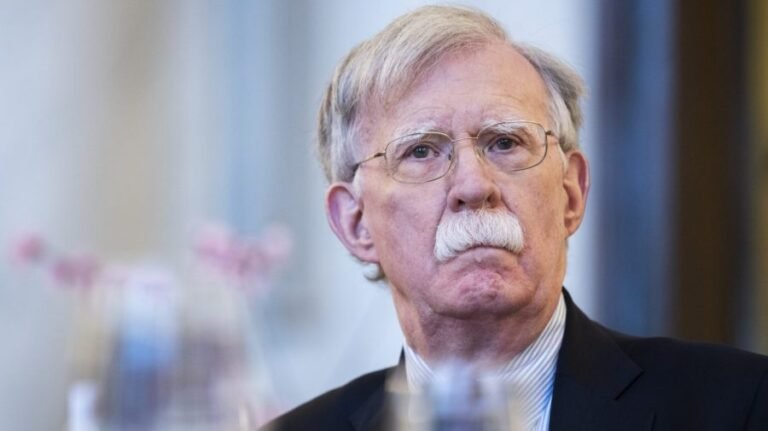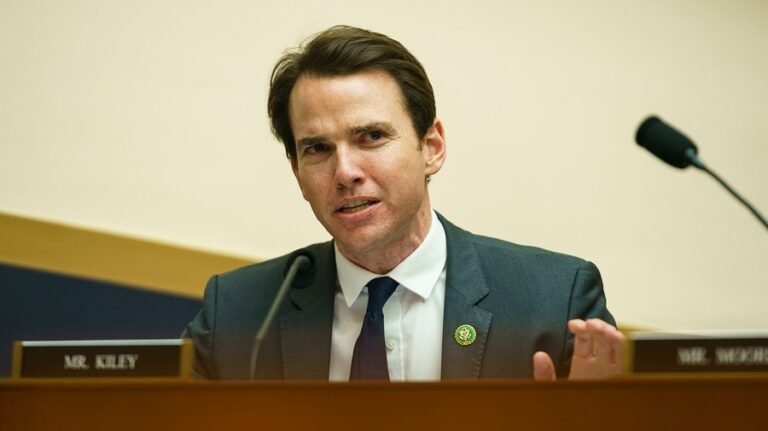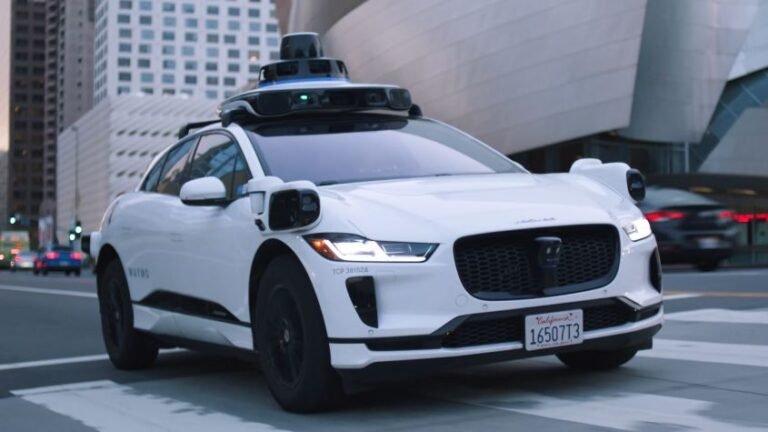
Now that Elon Musk has announced his intention to leave the Department of Government Efficiency and return to his private-sector companies, it is appropriate to review what DOGE has and has not accomplished — and what needs to happen in the future.
Contrary to assertions by some, DOGE has not conducted audits. Rather, it has performed targeted and tactical transaction reviews of selected government information systems using artificial intelligence capabilities.
Its objective has been to identify possible fraud, waste, abuse and mismanagement in an effort to cut federal spending. Musk announced a goal to save $2 trillion, but this was later reduced to $1 trillion and then to $500 billion, which has still proven to be overly optimistic. DOGE now claims to have achieved about $160 billion in savings, but this number may be significantly overstated based on the evidence provided.
While DOGE has so far fallen far short of any of its financial goal, it has brought some important things to light. For example, it has uncovered a number of concrete examples of significant waste in the federal government, and it has re-exposed many of its operational problems, such as outdated information systems and inadequate internal controls. A vast majority of these operational problems were previously identified by the Government Accountability Office and various inspectors general.
DOGE has also employed some innovative investigative and evaluation techniques using AI that government accountability organizations should learn from and employ as appropriate. Finally, it has achieved some meaningful but modest savings, given the huge annual deficits the federal government is running.
During its efforts, the DOGE team came to realize certain important facts that it evidently did not understand when it commenced its efforts. For example, DOGE tech whiz kids’ lack of familiarity with COBOL programming resulted in its misrepresentation of certain findings, such as the alleged far-advanced ages of certain Social Security recipients. DOGE also discovered that only Congress can cut spending, since the appropriations process provides both a ceiling and floor for most spending, personnel being one exception. While contracts and grants can be terminated, any freed-up funds must be spent unless Congress rescinds the funding.
As a result, DOGE discovered that hiring freezes and reductions-in-force were the only way to ensure actual savings and proceeded accordingly. However, its actions could prove to be counterproductive if they are not based on actual agency needs as compared to the skills, knowledge and performance of individuals involved.
DOGE did some noteworthy work — but it overpromised, underdelivered and has grossly overstated its financial savings accomplishments. It also has not employed a clearly defined, consistently applied and transparent process during its efforts.
Unfortunately, DOGE has served to reduce the public’s confidence in government and increase the partisan divide on Capitol Hill. This is of particular concern since significant spending reductions will require public understanding, congressional action and bipartisan support. Finally, it is clear that a showdown is likely between the GAO and the Trump administration in connection with the impoundment of funds allocated by Congress.
What will happen to DOGE after Musk departs? Only time will tell. But if the unit continues, it needs a leader with direct experience in government transformation, who can achieve bipartisan support. It also needs to be more targeted, transparent and truthful regarding what it is doing, finding and achieving.
Beyond DOGE’s current tactical and transactional approach, the federal government needs a more strategic and transformational review of what it does, how it is done, who does it and how it should measure success in outcome-based terms. Shockingly, even though our republic has existed since 1789, the federal government still does not have a future-focused, resource-constrained and outcome-oriented strategic plan. As a result, America is flying blind, in growing mountains of debt and without an instrument panel.
As federal leaders look to the future, it is important to consider lessons from the past. For example, the GAO conducted a major and successful transformation in the early part of the 21st century. Among other things, it accomplished a rightsizing of the agency’s footprint and staffing; modernization of its systems, policies and practices; a dramatic increase in its productivity and return on investment; and a significant improvement in its relations with the Congress and other federal agencies. This all occurred while the GAO was consistently rated as one of the best places to work in the federal government.
The GAO’s transformation was highly acclaimed and is transferable and scalable to the rest of the government with commitment, persistence, and the right leadership. The time to do so is now.
David Walker is the former U.S. Comptroller General.






